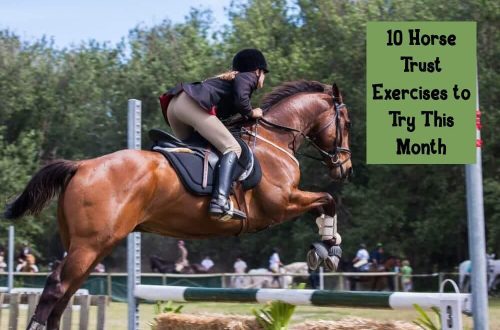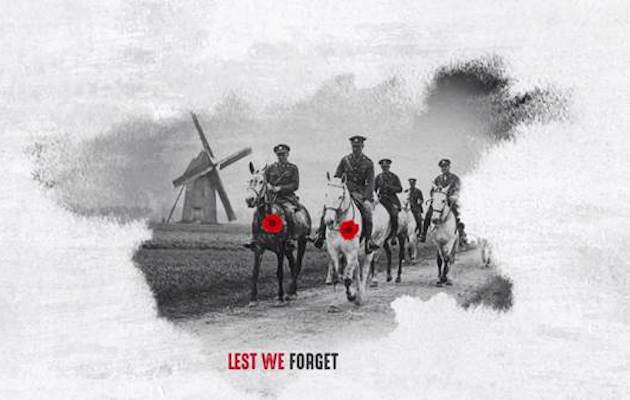
Horses remembered by world history
Legends were made about them, films were made, stories were dedicated to them. Horses are animals with which the whole culture and development of mankind is connected. It is no coincidence that the horses of many historical figures have forever remained in history.
For the first time horses were used in war over 5000 years ago. After the First World War, with the advent of tanks, the cavalry regiment faded into the background. However, many cavalry formations also participated in the Second World War. Horses showed outstanding bravery, helping people in battles. Some of them were awarded, some of them have monuments – we will tell you about these horses.
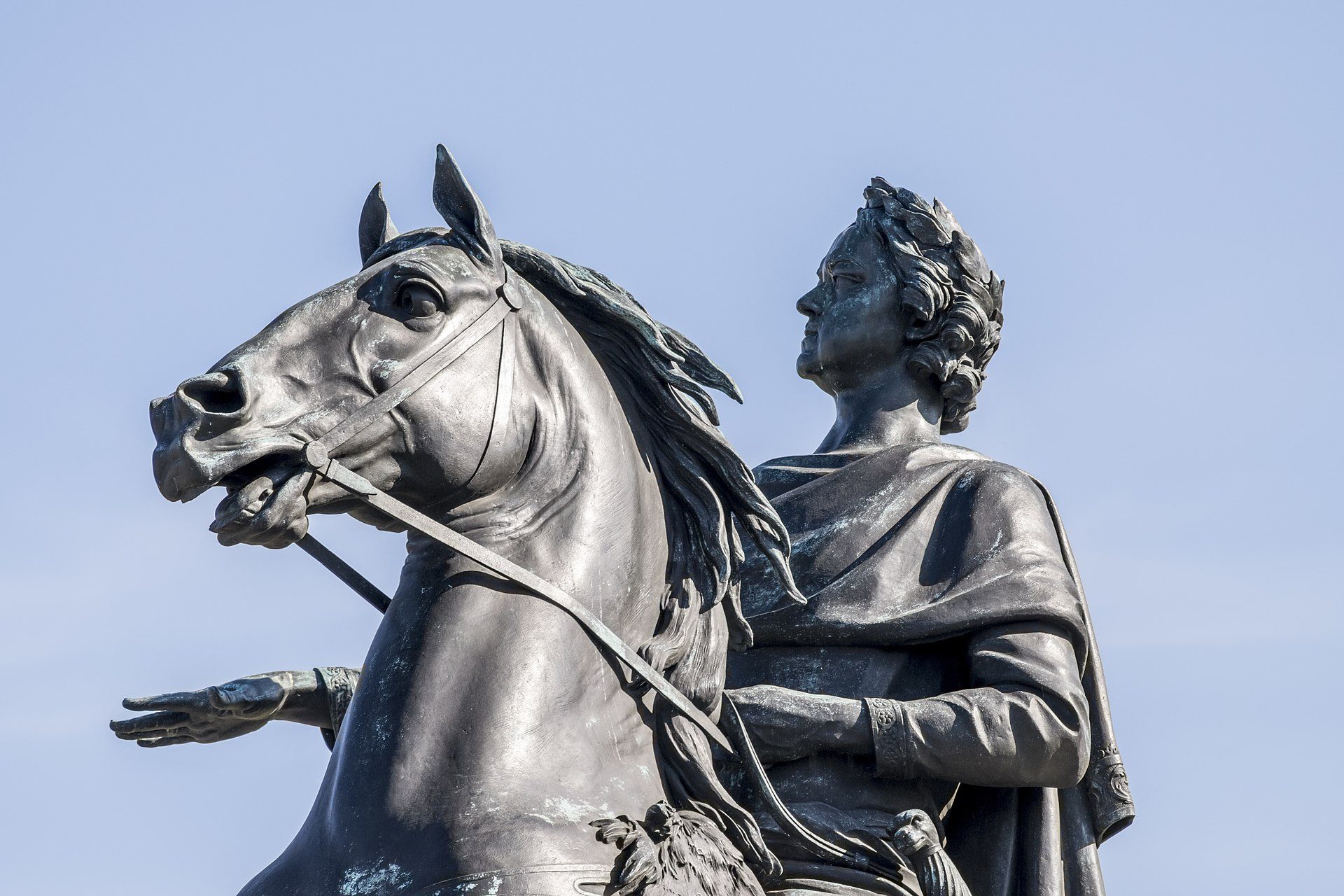
Peter the Great and Lisette
Lisette
Lisette is the warhorse of Peter the Great. The emperor bought it by accident when he returned from Europe. In Riga, he met merchants who were selling a young brown stallion. Peter at first sight “fell in love” with the horse, which was distinguished by its extraordinary beauty, so he stopped the merchants and immediately, without bidding, offered them to exchange his horse for their stallion.
From that time on, for 10 years, Lisetta became Peter’s faithful companion in all battles and campaigns. It is known that in the battle near Poltava, Lisetta saved the king from death. During the battle, Peter was actually alone in front of the Swedish army units, which opened aimed fire at the rider. The horse rushed to the side, thereby saving the king from danger.
In all the paintings where the emperor is on horseback, Lisetta is depicted. Or, for example, the monument “The Bronze Horseman”.
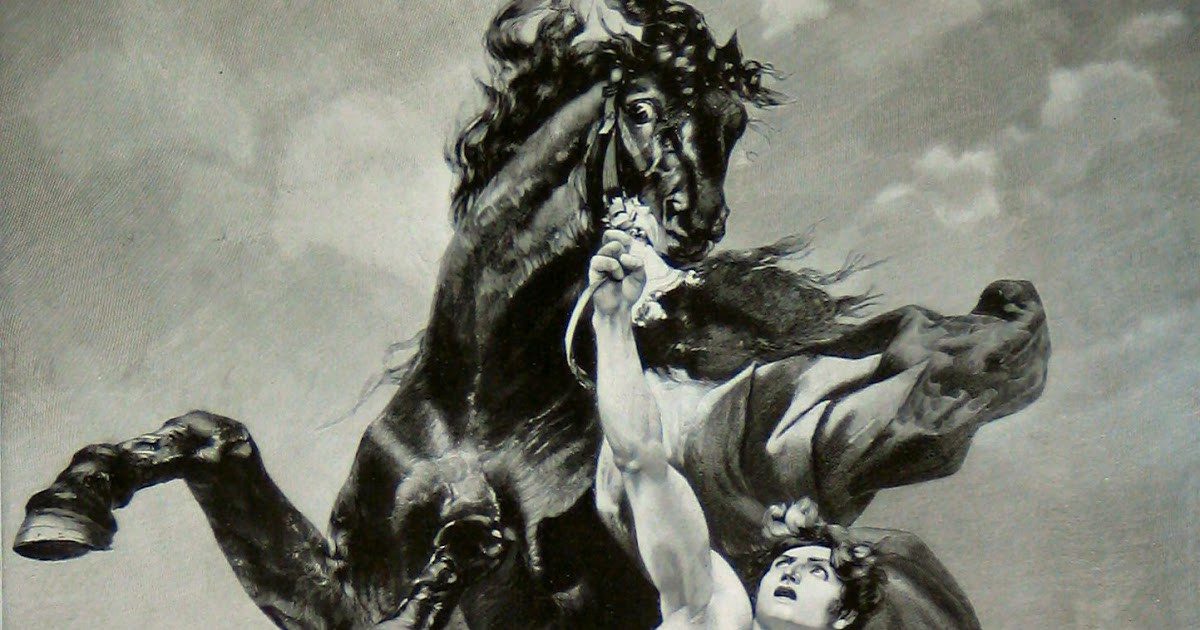
Alexander the Great and Bucephalus
Bucephalus
One of the most famous horses in history is the beloved horse of Alexander the Great, named Bucephalus. It was bought for 340 kg of silver, which was a huge amount in those days. However, no one could cope with the obstinate character of Bucephalus. Only 12-year-old Alexander was able to pacify the horse.
The ancient Greek philosopher Plutarch described this case as follows:
… “Alexander immediately ran up to the magnificent horse, grabbed him by the bridle and turned his face to the sun: apparently, he noticed that the horse was frightened, seeing a wavering shadow in front of him. For some time Alexander ran beside the horse, stroking it with his hand. After making sure that Bucephalus had calmed down and was breathing deeply, Alexander threw off his cloak and jumped on his horse with a light jump. At first, pulling on the reins slightly, he restrained Bucephalus without striking him or pulling the bridle. When Alexander saw that the horse’s temper no longer threatened with any trouble and that Bucephalus was rushing forward, he gave him free rein and even began to urge him with loud exclamations and kicks. Philip and his retinue were silent, seized with anxiety, but when Alexander, turning his horse in due course, returned to them, proud and jubilant, they all burst into loud cries. The father, as they say, even shed tears of joy, kissed Alexander, who got off his horse, and said: “Seek, my son, a kingdom on your own, for Macedonia is too small for you!”
According to one version, Bucephalus died during the battle in India at an advanced age – at the age of 30.
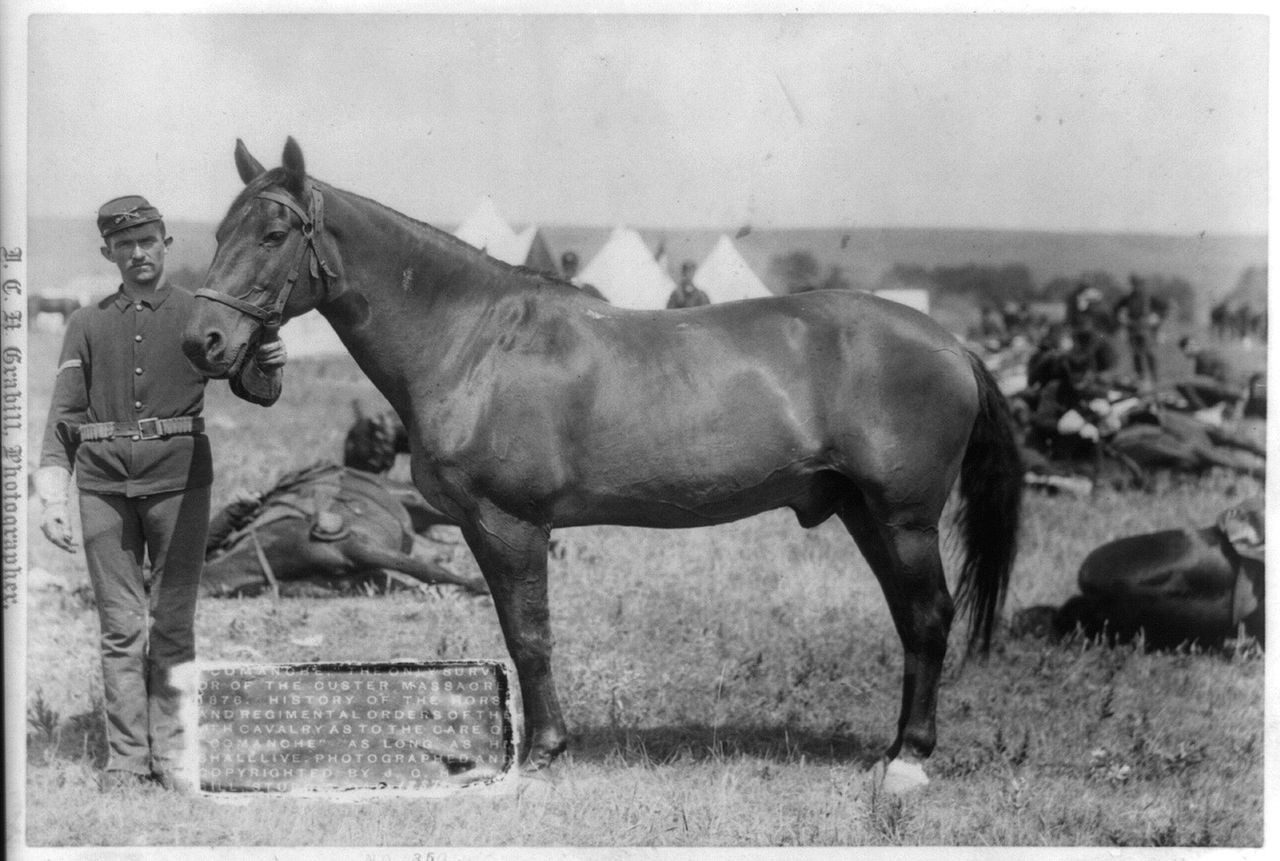
Comanche
Comanche
A horse named Comanche is one of only two horses in US history to be buried with full military honors. It was purchased by the US Army in 1868.
In the battle of June 25, 1876, Comanche received seven severe bullet wounds, arrows stuck out of the horse’s croup – he lost a lot of blood, but was alive. Other horses from the battalion were killed by the Indians or shot by the soldiers themselves, who used the carcasses of the animals as cover from bullets. At first they wanted to save the horse from torment and shoot it, but Sergeant Korn prevented this. The Comanche’s wounds were dressed, then carefully taken to the steamer. The horse endured a long journey. At Fort Lincoln, the Comanche recovered from his wounds and made a full recovery, and was cared for tirelessly.
The Comanche died at about the age of 29 in 1891. He was buried with full military honors, only two horses in US history. At the request of the command of the Seventh Cavalry Regiment, a scarecrow was made from Comanche. It is still on display at the Natural Science Museum at the University of Kansas.

Reckless
Master Sergeant Rekless
A mare named Rekless was awarded a number of medals and orders, and was also officially awarded a military rank in the US Marine Corps.
The nickname Rekless (Reckless) was given to the horse after they saw that it was not afraid of the roar of shots and the noise of battle. The mare was quickly trained by the Marines. She was rarely kept on a leash; she moved freely around the camp. Rekless became famous for eating almost everything, from scrambled eggs to beer, cola and chocolate bars.
The horse took part in numerous skirmishes of the Korean War. She delivered ammunition and food to the front line, took out the wounded to the rear and helped lay telephone cables. Rekless quickly memorized new routes and could make trips without an escort.
Rekless’ military career culminated in March 1953. During the Battle of Vegas Outpost, she independently completed 51 flights in a day, delivering ammunition to the front lines.
The mare was officially awarded the rank of corporal of the US Marine Corps. A few months after the end of the war in 1954, she was promoted to the rank of sergeant. LIFE magazine named Rekless one of America’s 1959 Greatest Heroes. In XNUMX, she was awarded the rank of senior sergeant.
The mare gave birth to four foals and died in May 1968.
The war spared no one: people, dogs, horses died from artillery fire, suffered from diseases, were injured from poisonous gases, died of starvation.
During the Second World War, the main belligerent states had a population of 41 million horses. Of these, about 9 million heads were used in the army, or two times less than in the First World War. In World War II, horses were used by virtually all belligerent armies to transport troops, artillery, military equipment, and, to a lesser extent, in mobile cavalry troops. The largest number of horses was used in the Soviet and German ground forces. During the war, Germany and the Soviet Union used over 6 million horses. Three horses were awarded the highest military award for animals – the Maria Deakin medal.
 danesh 25 February 2021 city
danesh 25 February 2021 citythose. in the entire history of mankind, only 4 horses have accumulated? What do 2 of them have to do with the US Army?! even not thick where is Aniline and Ashes? where is Krepysh, Kvadrat? where is the horse that was under Zhukov in the Victory Parade ?! where is Totilas? this, if we already take modernity Hickstead again.. there were thrice-married gallops (I beg your pardon, I’m not strong in horse racing and running, I don’t remember the names)
There were so many of them, but only 4 were remembered?! Answer
 Natali_924 3 March 2021 city
Natali_924 3 March 2021 cityWorthy horses, wonderful article) Answer



